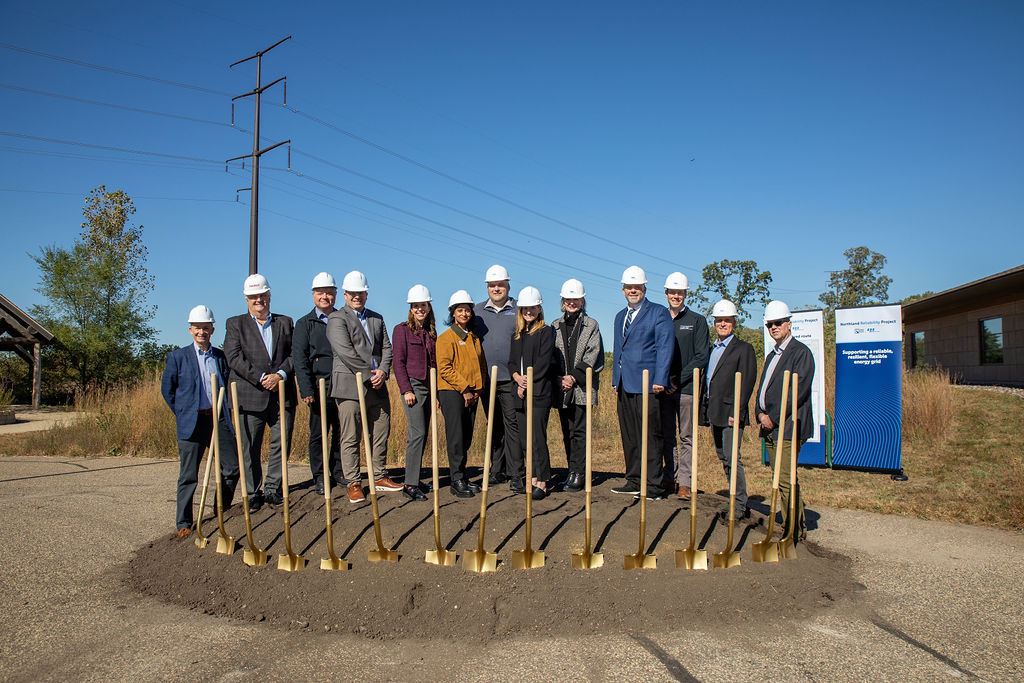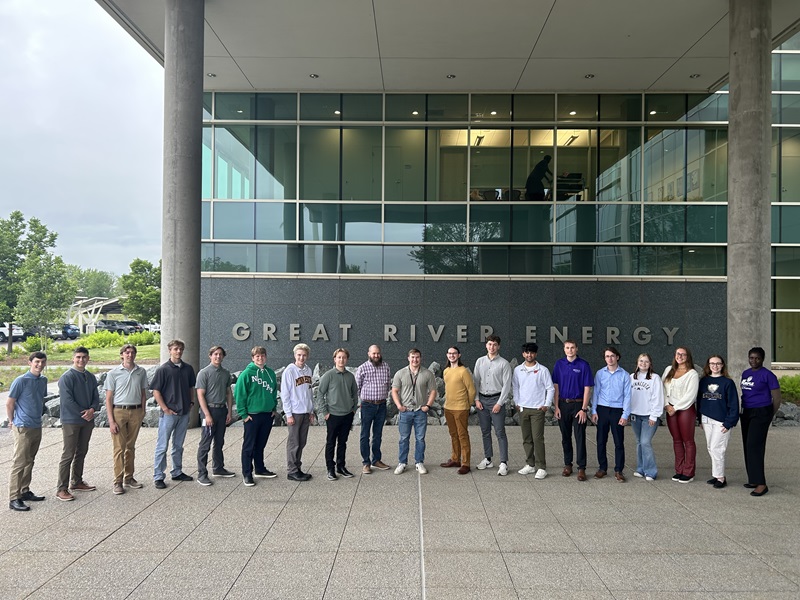A significant leap in energy technology was marked as Great River Energy and Form Energy broke ground on the first-of-its-kind 1.5 megawatt (MW) multi-day energy storage project in Cambridge, Minnesota.
The Cambridge Energy Storage Project represents a groundbreaking partnership between Great River Energy and Form Energy, aimed at addressing one of the most critical challenges in the energy sector: reliable, long-term energy storage. The pilot project will deploy Form Energy’s cutting-edge iron-air battery technology, capable of storing energy for up to 100 hours — far exceeding the capabilities of traditional lithium-ion batteries.
“We are excited to break ground on this project with Form Energy,” said Cole Funseth, Great River Energy’s manager of generation engineering. “We hope this pilot project will help us lead the way towards multi-day storage and potential expansion in the future.”
The installation of the technology will be conducted by Minnesota-based Mortenson as the engineering, procurement and construction partner. The multi-day batteries are expected to revolutionize how energy is stored and dispatched. By storing excess energy generated during periods of high production and releasing it during peak demand or low renewable energy output, the system will enhance grid stability and reliability.
This project marks the first commercial deployment of Form Energy’s iron-air battery technology, positioning it as a potential game-changer for the energy industry. RJ Johnson, senior vice president of commercial operations at Form Energy, commented on the milestone, stating, “Breaking ground on our first commercial deployment of iron-air battery systems is a major milestone for Form Energy. We are immensely grateful to Great River Energy for their ongoing partnership and collaboration.”
The multi-day energy storage system will be manufactured at Form Energy’s Form Factory 1 in Weirton, West Virginia, and is expected to be operational by late 2025. Following its completion, Great River Energy will conduct a multi-year study to evaluate the system’s performance and its potential for broader deployment.
 " data-object-fit="cover">
" data-object-fit="cover">
 " data-object-fit="cover">
" data-object-fit="cover">